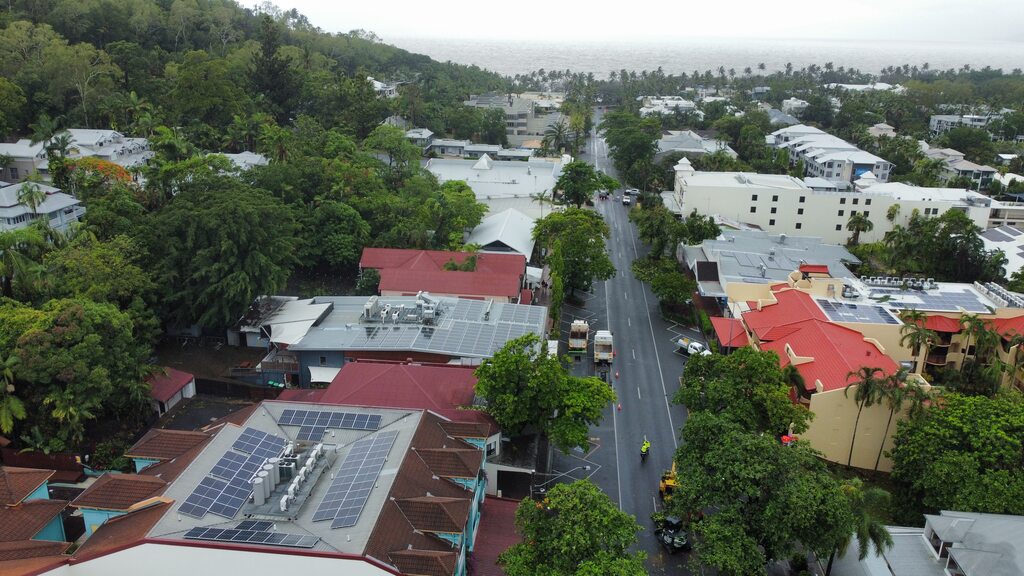
Structural warnings as Cyclone season shapes up
Get Ready Queensland

A chief engineer specialising in cyclone-proofing buildings has issued a fresh warning to homeowners to be prepared as Far North Queensland’s peak cyclone season approaches.
James Cook University Cyclone Testing Station director Dr David Henderson said “massive changes” to building standards and safety guidelines led to much safer housing being built in the early 1980s in the wake of Cyclone Tracy, but those homes were now getting older.
Factors such as rust, corrosion and termites were all playing a part, he said. If the homes were people, they might by now be “balding on top and fairly thick in the middle”.
“The houses that shelter us are just big machines,” Dr Henderson said.
“They have got to be maintained.”
The fresh warning follows the launch of a Bureau of Meteorology campaign last month to encourage Queenslanders to prepare for cyclones by packing an emergency kit, planning what to do in the event of a cyclone hitting, and downloading the BOM app.
The Get Ready Queensland campaign warned residents that severe weather could develop quickly and pose risks to lives - scientific evidence shows trends across the past few decades illustrate there may be less cyclones on average, but a higher percentage of more intense storms.
Dr Henderson said now was the time for homeowners to make sure houses were properly maintained, trees were pruned right back from eaves and gutters, and loose objects such as trampolines were tied down.
The centre’s Weather the Storm campaign offers tips on what people can do to make sure their homes can withstand a severe event, including retrofitting older homes with the latest in cyclone-proofing technology.
Last December’s destructive Cyclone Jasper was more of a flooding event, but the next one may include stronger winds, Dr Henderson said.
A BOM long-range forecast issued last month has predicted about four cyclones to develop off the Queensland coast from November to April, with at least one likely to make landfall.
“The coming months could see an increased risk of impacts from tropical cyclones,” Senior meteorologist Laura Boekel warned.
“So now’s the time to know your weather, know your risk.”
Scientific evidence suggests factors such as warmer-than-average ocean temperatures brought on by climate change are causing stronger winds, more intense rain, flooding and storm surges.
The first tropical cyclone typically crosses the Australian coast in late December, but the BOM warns severe weather can hit at any time.
For more tips on preparing your home for a cyclone, go to weatherthestorm.com.au.
Support public interest journalism
Help us to continue covering local stories that matter. Please consider supporting below.
Got a news tip?
Send a news tip or submit a letter to the Newsport Editor here.
Comments
Comments are the opinions of readers and do not represent the views of Newsport, its staff or affiliates. Reader comments are moderated before publication to promote valuable, civil, and healthy community debate. Visit our comment guidelines if your comment has not been approved for publication.